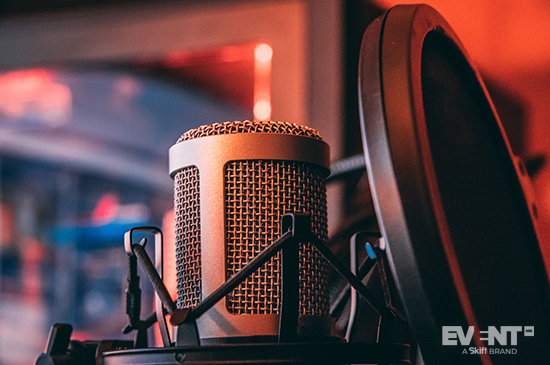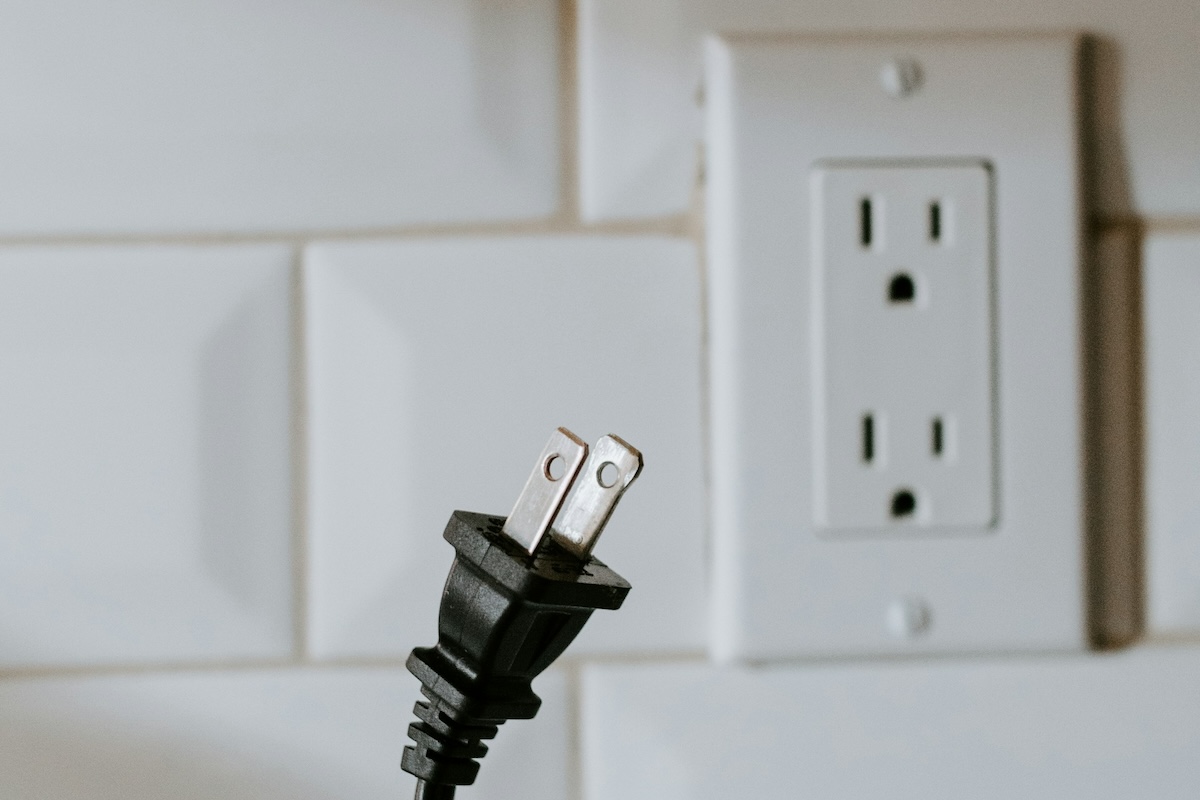Clubhouse is the app of the moment. Extremely popular within Silicon Valley, it is spurring what Jeremiah Owyang described during our last event as ‘ephemeral content’.
Strangers start rooms talking about a variety of topics, from inclusion and diversity to technology.
“There is serendipity happening in some of these apps where you’re talking to strangers that might be in an affiliate group or a room categorized by topic, by region, by any interest group. […] My network has actually grown despite the fact that I’m isolated. […] In fact, Twitter has become the messaging tool for Clubhouse, and as a result, I’m following new people and they’re following me, and we’re messaging each other directly and on my Twitter feed. Now, when I open Twitter, it’s mainly people from Clubhouse.”
– Jeremiah Owyang, Industry Analyst and Speaker, Founding Partner, Kaleido Insights
Clubhouse managed to capitalize what amazed us in the early 2000s about unconferences and barcamps: self-moderated sessions capitalizing on collective intelligence.
This is what happens in a Clubhouse room. The room starter controls who comes on stage, attendees can raise their hand, and if the originator needs to leave, the room can keep on chatting.
The medium of engagement, audio, seems especially relevant for the new role virtual events have amidst the pandemic.
Audio-Only Should Be Offered by Default at Events
One of the most successful aspects of Clubhouse is that everybody participates using their phone. It is very personal and very convenient.
Some speakers are walking their dog, some others are multitasking at work. Portability is a key concept.
Clearly, virtual event technology providers didn’t get the memo coming from the popularity of podcasts. Convenience is paramount for engagement. Many events are losing effectiveness by overwhelming attendees with content, slides, transitions, and other special effects.
The need to have an audio-only stream for virtual events is stronger than ever.
Requiring Attendees to Be ‘Always On’
Smaller- to medium-sized meetings where attendees are asked to turn their camera on require your audience to be in the spotlight. You would be naive to think that this is a desired state. How many attendees die to ask questions? Maybe 10%?
The rest of us just want to listen and maybe connect on social media, where our defenses are in place. We lean towards low maintenance.
Maintenance, a crucial word in a virtual event world filled with fatigue.
Owyang attributes the popularity of audio-first social networks to Zoom fatigue:
“The amount of effort that’s required for us to participate in Zoom is a disadvantage for the format. For speakers, there’s a delay, and we’re trying to pick up nonverbal cues that are not there. It is taxing, and there have been a number of articles on that. Audio-first apps reduce the demands on the platform and speakers…“
What about giving attendees the opportunity to tune in as if they are listening to a live podcast?
Clubhouse does that extremely well, and so should your event.
Offering audio attendance could help to create new ticket opportunities for paid-for virtual events as well as giving more relaxed attendance options to those who feel overwhelmed by Zoom meetings and virtual event invites.
Tuning in by phone would allow attendees to connect with the content in a completely different way. Listening as opposed to watching stimulates a part of the brain that makes us visualize concepts. This is a completely different experience from having the event on a desktop window while we are multitasking.
Planning for Audio-Only
Audio requires specific design elements. Some of them are obvious, others less so.
Consider planning content for both audio and video. Having substantial visual references may alienate the audience listening in. Planning content in a way that accommodates all audiences is key.
Asking attendees to connect on a mobile browser is not effective. You may connect to a virtual event with your phone, but if a video stream is on, it is extremely uncomfortable to walk, drive, multitask, etc. Offering an audio-only stream is key to optimizing background playback.
Recording podcasts. Your event recordings should be in podcast format as well. This is an extremely easy conversion that can help those that missed the event catch up on demand at their convenience. Your event podcasts should be optimized for major consumption platforms.
Engaging audio attendees. This is probably the most difficult part of an audio-only event. Virtual event platforms should offer Clubhouse-style features that are simple enough: raise your hand, answer ‘yes’ or ‘no’, react with an emoji, and use ‘likes’.
Audio-only spaces can be virtual event enhancements. Owyang recommended: “imagine a virtual event running for five days with scattered keynotes throughout, but the audio rooms are open all the time for people to have chats. Of course, you need a significant number of people to facilitate engaging discussions, or you could have people leading audio discussions. It’s a lower-cost and easier way to get people engaged.”
IN CONCLUSION
One of the roles of virtual event planners is to reduce the overload on attendees while achieving the event objectives.
Audio can be an effective tool to re-engage those prospective attendees that just blanked out and cannot take any more virtual events.
Offering an audio stream for your event requires designing your event and the technology implementation differently. Virtual event technology platforms are widely unprepared to cater to this need.
As we transition back to live events, virtual events will assume a different role, and audio may well become extremely important in hybrid contexts. Imagine attendees walking in the halls of an event listening to a virtual session while they work from their computers.
More to come.





